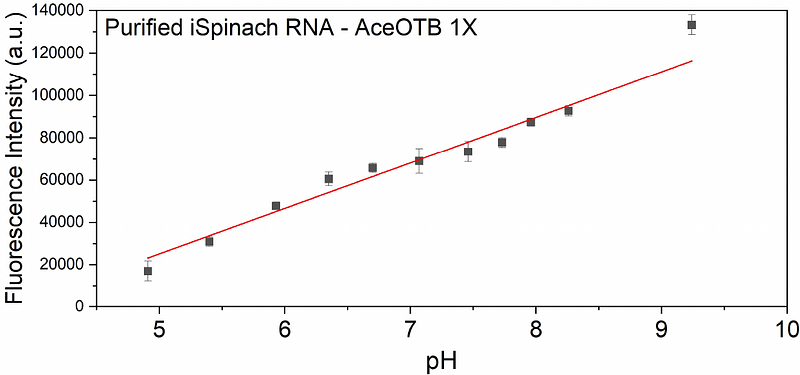Modulating cell-free transcription electrolytically with switchable DNA triplexes

Modulating cell-free transcription electrolytically with switchable DNA triplexes
Speakman, A. J.; Dunn, K. E.
AbstractLiving things self-regulate in response to various stimuli, including chemicals, light and heat. In engineered biological systems, on-demand activation or repression of transcription underpins the design of genetic programs that control synthesis of useful products. Even electrical stimuli can be used to control gene expression, but previous such electrogenetic approaches have required a combination of exogenous redox mediators and complex regulatory proteins. Here we show that transcription can be modulated electrically in a cell-free system through the use of a DNA triplex as a molecular brake, which is opened or closed by means of electrolytic decomposition of water. Our DNA constructs comprise a double-stranded region with a single-stranded tail that folds over to form a triplex, where this construct is made using a customised synthesis protocol. Over measurements of 48 triplex-forming constructs and their corresponding controls, we observe that triplexes inhibit gene expression more often than not. Our approach, Electrically Directed Gene Expression (EDGE), could be used to modulate in vitro synthesis of RNA therapeutics and also has applications in smart biomaterials, where the RNA transcript would act as a signal for a change of state. To test EDGE, we produced customised 96-well plates and control electronics, demonstrating how 3D-printing and in-house manufacturing techniques can be used to provide hardware for unusual experiments with specific needs. With further development the EDGE methodology could also be used to enable electrical control over protein expression.